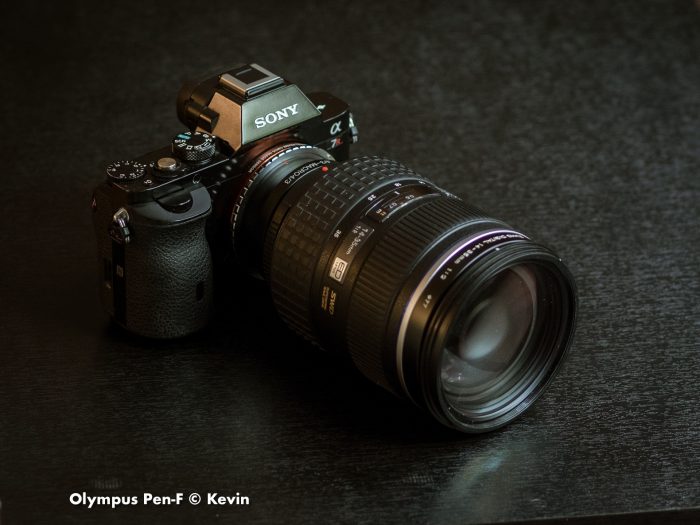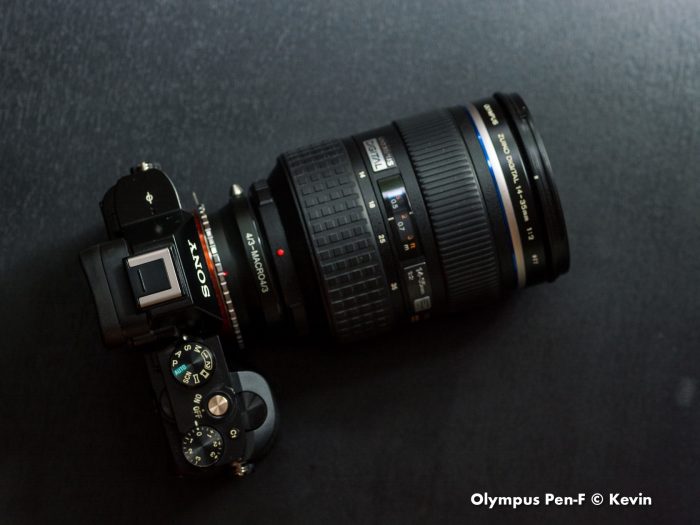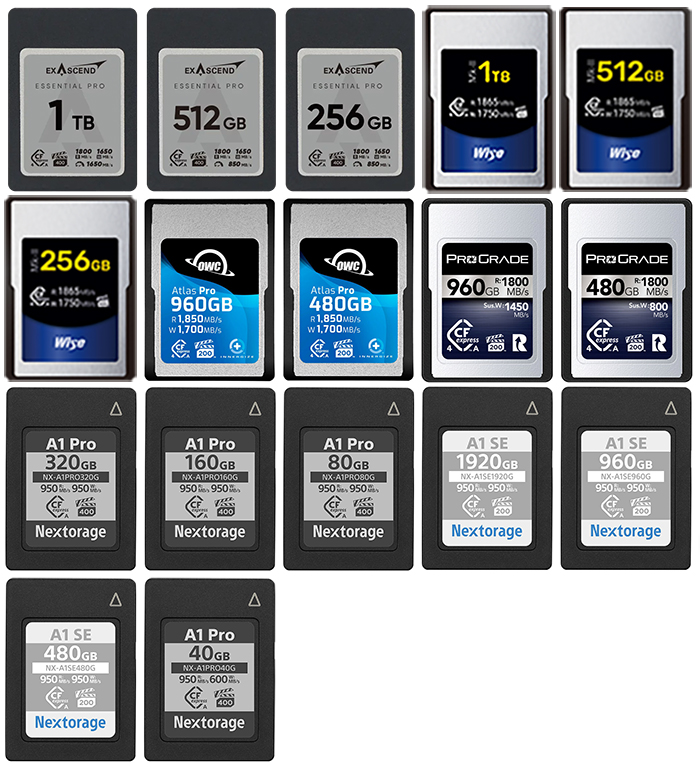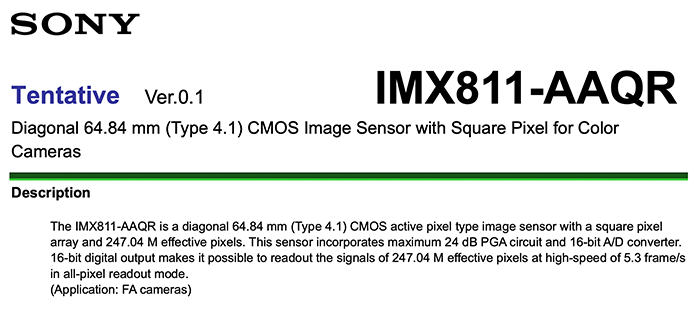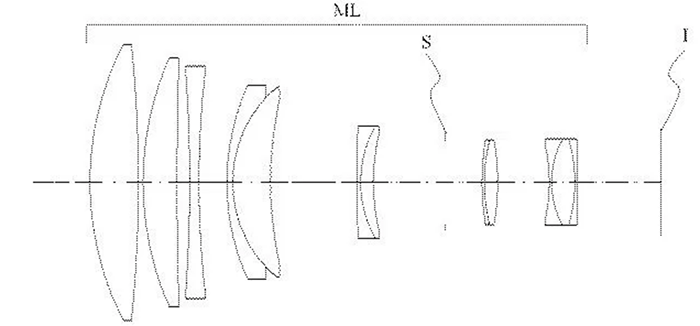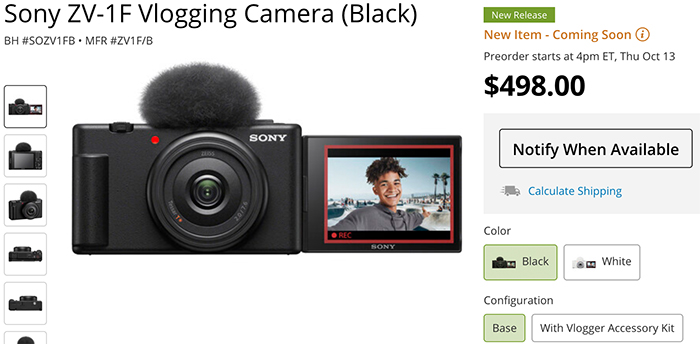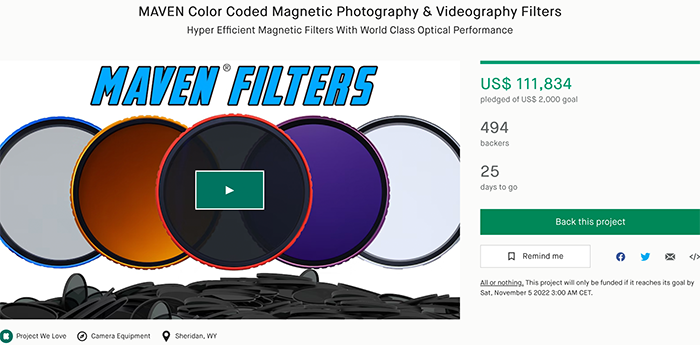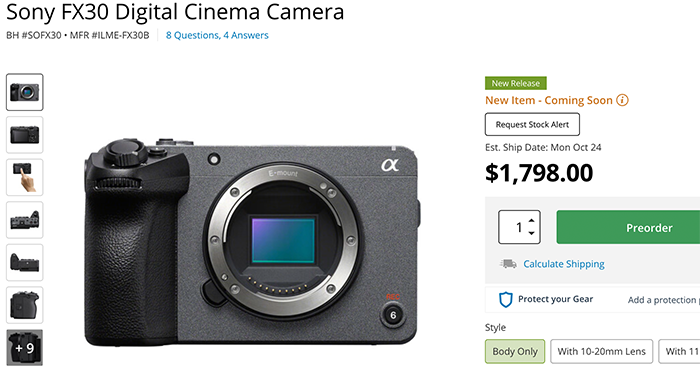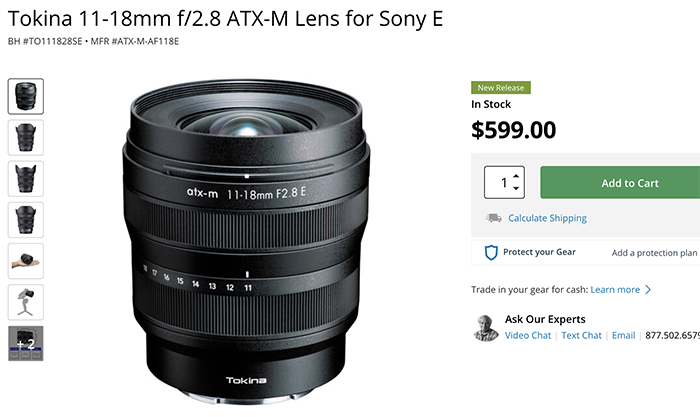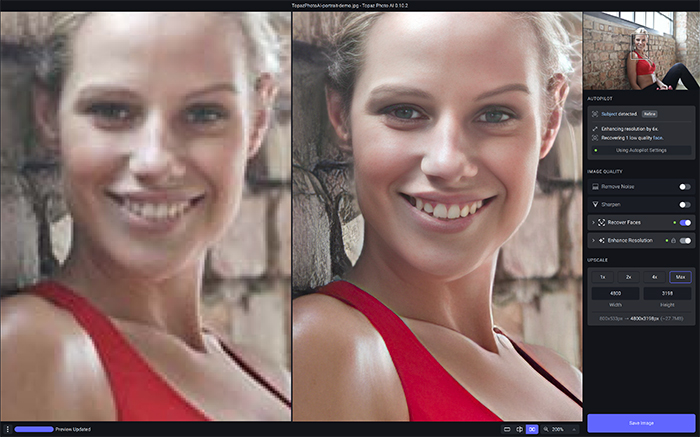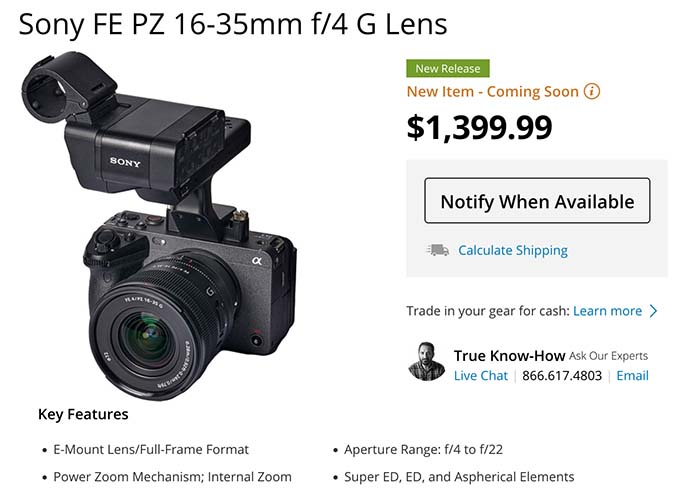MAVEN Magnetic Filters review: “fantastic!”
The new MAVEN Magnetic filters is selling very well on Kickstarter (Click here). And it deserves the small hype because it’s really simple and innovative. Here is a new review that shows why it’s worth to add it to your camera bag:
New Tokina 11-18mm reviews by SonyAlphaBlog and Christoph Anagnostopoulos
Tokina 11-18mm lens is at BHphoto. Adorama.
SonyAlphaBlog tested the lens and concluded:
The Tokina 11-18mm F2.8 atx-m is a very good wide angle zoom for your Sony APSC camera. It will be ideal for Landscape, Architecture but can also be used for Astrophotography
Its build quality is good, the lens is light and quite compact. AF is good. Optical performances are excellent in the centre at 11mm but only good at 18mm. Results are very good at all focal lengths on the entire field as of F5.6. Distortion and vignetting at 11mm should be slightly corrected but nothing serious. Coma is a bit visible at F2.8 but gone at f4. Color rendition and level of CA are also very good. Resistance to flare is ok but not very good
Christoph Anagnostopoulos also reviewed the lens and concluded:
A versatile ultra-wide angle lens that can be used in many shooting scenarios, with excellent optical quality that comes in a compact size form. The price tag makes it even more appealing. Ideal for travel and real estate photographers.
Few hours left to save $65 on the new Topaz Photo AI App!
Topaz announced the brand new Photo AI APP (Click here to read all details). Use the coupon code “GETPHOTOAI” to save additional 15% on your order (total of $65 off)! The deal runs until the 7th of October only.
Lenstip reviewed the Sony 16-35mm G lens: “a significant update over the old Zeiss predecessor while keeping a relatively sane price level”
Sony 16-35mm at BHphoto. Adorama. Amazon. Calumet DE. FocusCamera. Fotokoch DE. WexUK. Calumet NL.
Lenstip reviewed the Sony 16-35mm G lens and concluded:
The Sony FE PZ 16-35mm f/4 G stands out in a couple of ways. In terms of optical performance, it is more consistent than most ultra-wide zoom lenses that we have tested so far. Usually, these lenses tend to be decent at their widest setting, but the performance falls apart at the “long” end of the zoom range. The unofficial predecessor – the Zeiss T* Vario-Tessar FE 16-35mm f/4 OSS – is a typical example of this. Conversely, the Sony lens produces an extremely sharp center and a good to very good outer image field throughout the zoom range and all relevant aperture settings. RAW image distortions are high, even excessive at 16mm, so it’s clear that image auto-correction is required for this lens. With activated auto-correction image distortions are basically absent. It’s a similar case with respect to vignetting. The RAW vignetting is very high at 16mm. With auto-correction on, the light falloff is reduced by about 1EV (f-stop) at 16mm although you can still notice some vignetting at 16mm f/4 at least. The issue is well controlled at other settings in this case. Lateral CAs are low even in RAW images. Sun stars are pretty good with a sweet spot around f/11. Being a rather slow ultra-wide zoom lens, it’s quite obvious that this isn’t a bokeh monster. However, the out-of-focus blur is quite decent at very close focus distances at least. Flare can be an issue in critical scenes, thus attaching the lens hood is a good idea if the light source is near or just outside of the edge of the image frame.
The Sony lens is amazingly compact and lightweight – yet this doesn’t compromise the build quality. While the lens body is made of plastics, it feels quite sturdy. The internal zoom mechanism as well as the dust- and moisture-resistant design also contributes to the high-quality perception. Sony has implemented a power zoom mechanism that can be controlled via the zoom ring and a zoom rocker. The video folks are going to love this, of course. There’s also minimal focus breathing. However, we can certainly recommend this lens to photographers as well. While you can notice a certain lag during zooming, it’s rather irrelevant in real life. The traditionalists and videographers will also appreciate the dedicated aperture ring with a clicked and de-clicked mode. If anything, the lack of optical image stabilization could be seen as a shortcoming. However, given the fact that in-camera stabilization is available anyway, it’s not overly important really.
Overall, the Sony FE PZ 16-35mm f/4 G represents a significant update over the old Zeiss “predecessor” while keeping a relatively sane price level. Therefore – highly recommended!
MFT lenses tested on the Sony A7r by Xitek
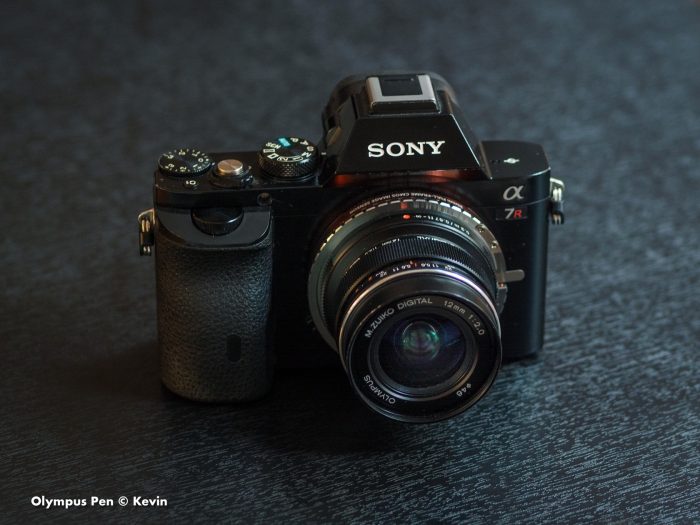
Xitek (google translation here) tested a couple of Micro Four Thirds and Four Thirds lenses on the Sony A7r. Check out their website to see a ton if image samples!
